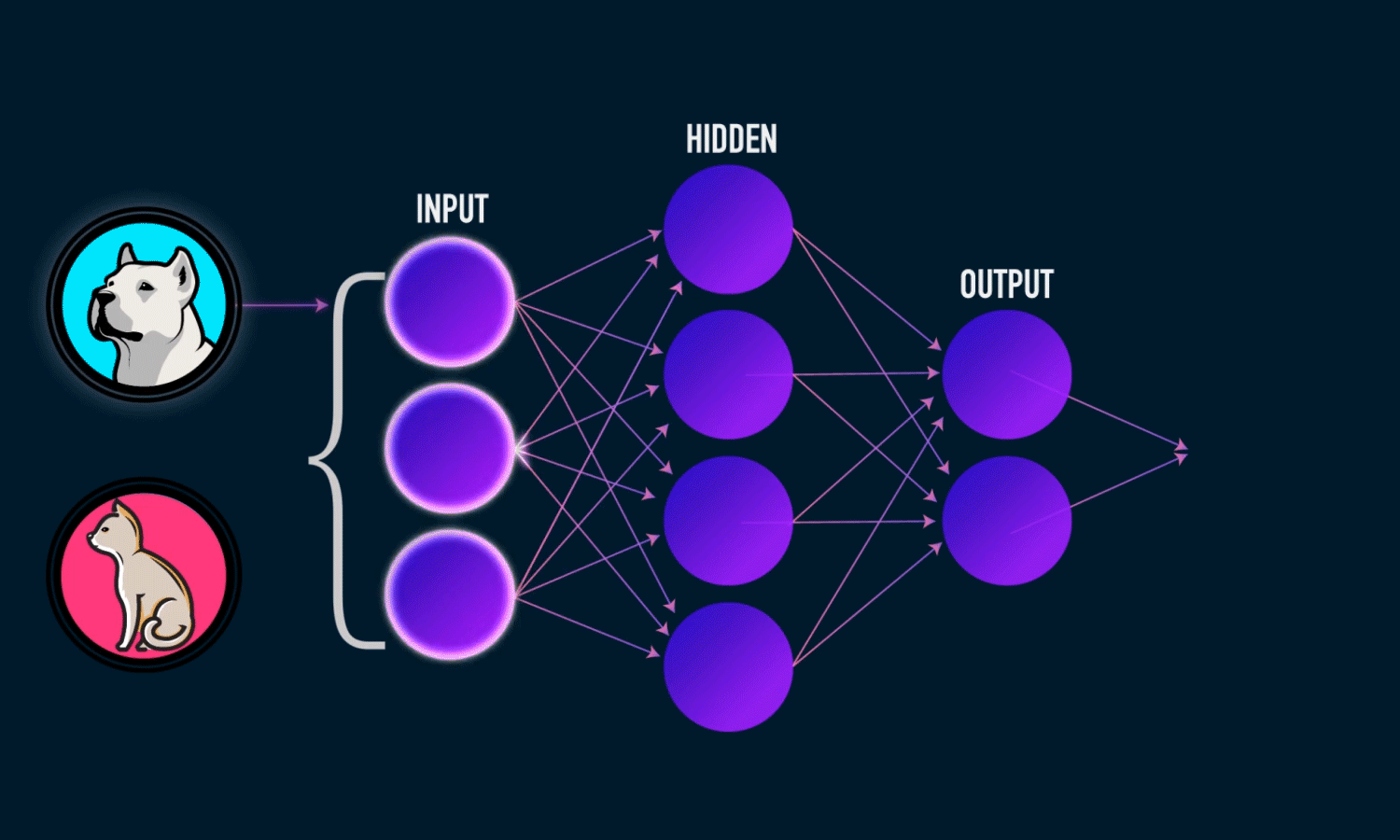One year ago, during Christmas of 2022, I stumbled upon news about a groundbreaking AI chat application and image creation service that intrigued everyone who tried it and I immediately signed up to try it as well. Little did I know how profoundly this technology would impact not only my work but also the work of millions worldwide.
My first interaction was with DALL-E which I used to generate photos of people in cozy wooden chalets, followed by a collection of women from different cultures painted in the style of Mark Chagall. My brother-in-law is a fan of Chagall’s work, and we were both impressed by the AI’s creativity in capturing diverse cultural aesthetics within a unified painting style, as seen in the screenshots below.




A few weeks later I tried ChatGPT by asking several types of questions. Some were about explaining historical events and how some new technologies work, while others were about generating creative content like poems and love letters. Looking back, I’m surprised that my initial interaction with AI was not work-centric, but rather about seeking knowledge, inspiration, and beauty. Nevertheless, ChatGPT has become an invaluable tool in my daily work, proving to be the most impactful use case for me so far.
In recent years, we’ve all engaged with various forms of AI, such as Google Docs and iPhones suggesting sentence completions while typing, or social media platforms recognizing people in photos to easily tag friends and family. These AI features rely on pre-trained models tailored to accomplish these specific tasks. However, DALL-E and ChatGPT introduced a new breed of AI—one capable of comprehending natural language and crafting responses that resonate with us, almost as if another human were behind them.
This new category of AI is known as Generative AI, which encompasses different AI models that are extensively trained with millions of books, emails, paintings, photos and lines of code. Their architecture is designed to detect patterns and structures within this content, enabling these models to replicate and generate similar content with remarkable accuracy. This process leverages statistical probability to predict the next word or pixel that makes the most sense to meet the patterns of human content.

Using Generative AI at work
Back in April, I hit a writer’s block while prepping a presentation for work. Days passed with no new slides in my presentation, and the anxiety kept growing. I remembered hearing in the news about ChatGPT boosting productivity, so I decided to give it a shot. I asked ChatGPT to expand on my presentation topic, and suddenly, I had a bunch of great bullet points right in front of me. They were good enough to be able to focus on creating all the remaining slides based on these points. Surprisingly, the writer’s block disappeared in an instant, and I wrapped up my entire presentation in just one afternoon!
Since then, like many around the world, I’ve been using ChatGPT to write better documents, improve my emails, and brainstorm ideas. Now, I wanted to mention two special use cases for generative AI at work, one of them is getting help on specialized topics and another one to analyze data to gain insights.
Specialized topics require that the owners of this knowledge make it available for others to consume through AI. For example my colleagues at Copado, Kimmo Nupponen and Federico Larsen, created an AI-powered chat application that assists customers to understand our DevOps product and offers recommendations on best practices. We introduced the initial version of this solution, named CopadoGPT, and it’s incredibly rewarding to see its widespread adoption among customers, enhancing team knowledge and productivity.
There are also new AI solutions in the market that make it easy to ask questions about your data in order to gain insights. Picture yourself uploading a spreadsheet and asking questions about the data, requesting charts to be generated and more. These capabilities are available now, with examples including Salesforce Einstein, RowsAI and FormulaBot.

What’s coming next year
In the upcoming year of 2024, I’m anticipating the emergence of new AI solutions not only assisting in content generation and knowledge but actively performing tasks within our applications. These solutions will seamlessly integrate into our existing workflows, providing instant assistance when needed. We might even witness the advent of new AI models specializing on advanced reasoning, making independent choices based on their own understanding of the world.
Cheers for a brand new year and for many new aha moments in technology!










